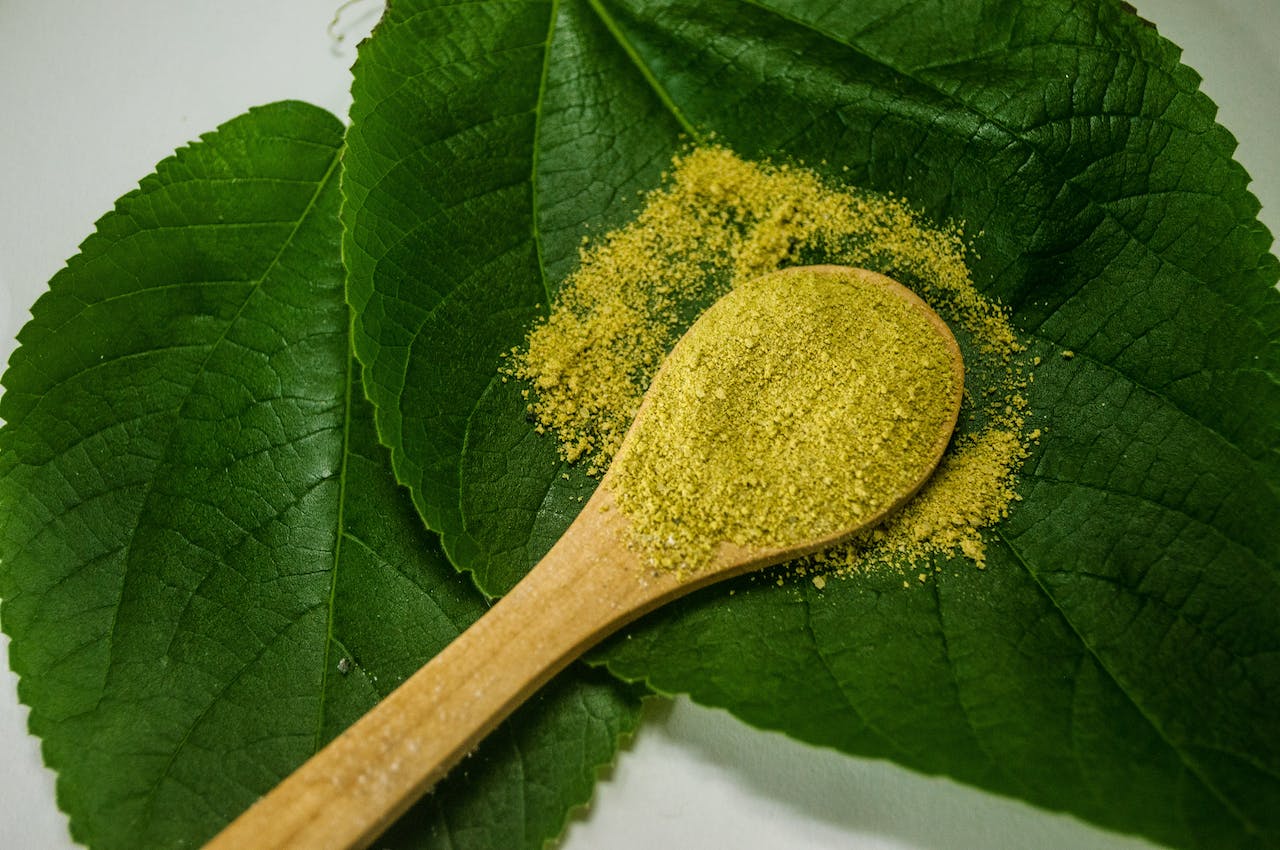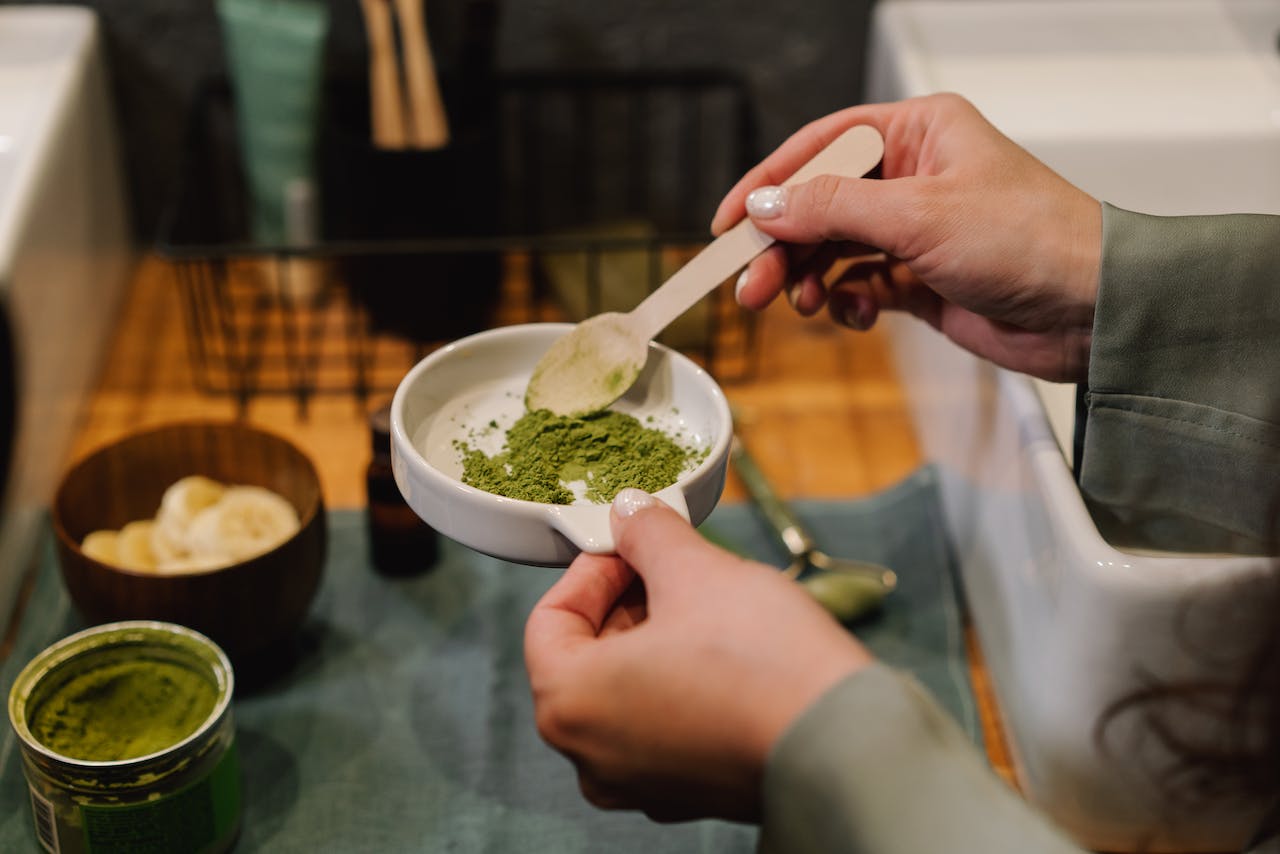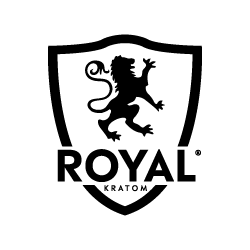Kratom Buying Guide

Kratom, a plant native to Southeast Asia, has garnered increasing attention for its potential benefits as an ethnobotanical plant. As the interest in this herbal plant grows, kratom enthusiasts around the world are exploring more to learn everything that kratom has to offer, including its origin, leaf vein colors, strains, and forms. Before you consider buying kratom, it’s crucial to understand various aspects of the popular plant along with what kratom is and what kratom is not.
For a thorough overview to assist both beginners and seasoned enthusiasts in making well-informed decisions when it comes to kratom, continue reading our kratom buying guide.
What Is Kratom?
Kratom, scientifically known as Mitragyna speciosa, is a tree in the coffee family prevalent in regions like Thailand, Malaysia, Indonesia, and Papua New Guinea. While it grows in the wild in wet, humid, and tropical environments, its cultivation by farmers in and outside these regions, especially for commercial purposes, has expanded due to the increasing interest globally. The plant’s leaves have been used as traditional herbs by local communities around the wild forests of Southeast Asia for centuries. Despite its many qualities, there’s still a lot of research that needs to be done to learn more about kratom’s features. This kratom guide is just a head start.
Kratom: Why People Like It
The reasons behind kratom’s popularity are diverse. The most common include its strong aroma, potent alkaloid content, and other unique qualities. The aromas depend on the type of kratom strain and vein colors, which represent the kratom plant's maturity. The qualities of kratom are primarily due to its active compounds: mitragynine and 7-hydroxymitragynine. These alkaloids offer unique traits that provide different experiences that kratom enthusiasts love. There are many more kratom alkaloids, up to 25 unique ones, that all impact the overall traits.
Legal Considerations
Understanding kratom's legal status is one of the most important points to keep in mind in this kratom buying guide. In the U.S., it's not federally controlled, but the FDA has not approved it for any medical use. It's paramount to verify kratom's legality in your specific state or country, as legislation can change rapidly and vary widely. For instance, kratom is legal in most states except the following:
- The states of Alabama, Arkansas, Indiana, Rhode Island, Vermont, Washington DC, and Wisconsin
- The cities of San Diego or Ocean city in California, the city of Jerseyville in Illinois, the city of Ontario in Oregon, Sarasota County in Florida, or Union County in Mississippi
Understanding Kratom Vein Colors
In this kratom buying guide section, we’ll be looking at the different kratom vein colors:
- Red Vein Kratom: As one of the more commonly recognized types, comforting red vein kratom leaves are often associated with a mature stage of growth. The color of the veins in the leaves is indicative of their age and the environmental conditions under which they were cultivated.
- Green Vein Kratom: Midway in the maturity spectrum, uplifting green vein kratom leaves are harvested at an intermediate stage of growth. This vein color reflects a balance in the maturation process of the leaf. The alkaloid content in green vein kratom contributes to its distinctive aromatic profile. Keep this in mind as you learn more in this kratom guide.
- White Vein Kratom: Often harvested earlier in the life cycle of the plant, uplifting white vein kratom leaves embody a different stage of growth and environmental adaptation. The lighter vein color signifies these particular characteristics, with the alkaloid levels being an aspect of the leaf's composition but not a direct consequence of the vein's hue.
Understanding Kratom Strains
Kratom strains are classified not only by their color but also by their geographical origins and unique properties, each possessing a unique profile, as per this kratom buying guide.
- Maeng Da Kratom: This strain hails from Thailand and is often associated with premium quality. It comes in various vein colors and is recognized for its significant aromatic properties.
- Bali Kratom: Originating from the Indonesian island of Bali, this strain is known for its rich aromatic qualities and comes in different vein colors.
- Thai Kratom: From Thailand, Thai kratom is distinct for its aroma, which is a result of the region's unique growing conditions.
- Indo Kratom: Indonesian-grown Indo kratom varies widely, attributed to the diverse growing environments across the region.
- Vietnam Kratom: From Vietnam, this strain is one of the more rare options on the market recognized for its balanced profile.
Forms of Kratom
Let’s find out more about the types of kratom in this buying guide. Kratom is offered in a variety of forms, each with its unique set of benefits:
- Kratom Powder - This form is appreciated for its ease of storage and its versatility, as it can be incorporated into a range of applications. Kratom powder does require some prep and measurement so customers often use powders at home.
- Kratom Extract - Extracts are known for their concentrated nature, making it easier to achieve your desired experience with less product overall. These concentrated products are often sought out by those with kratom experience.
- Kratom Capsules - Capsules provide a convenient, mess-free way to use kratom, while still offering the same quality as powders. This form is often used on-the-go or when customers don’t want to measure or mix kratom.
All these forms offer distinct advantages, from convenience to traditional authenticity, catering to the varied interests of those who appreciate kratom's traits.
Kratom Quality Guide

In this kratom buying guide, you’ll learn the key considerations to keep in mind when purchasing kratom. It's essential to make informed decisions to ensure that the products you receive are safe, ethical, and of the highest quality.
- Ethical Sourcing and Sustainable Harvesting: Ensure the vendor practices ethical sourcing, which involves fair treatment and compensation for farmers. Sustainable harvesting methods are crucial to prevent the depletion of natural kratom resources and to maintain ecological balance.
- Quality and Purity: Seek out 100% natural and pure kratom, free of additives, fillers, or contaminants. This is one of the main points to keep in mind in this kratom guide. The best kratom products are those that are handled minimally to preserve their natural state.
- Third-party Lab Testing: Trustworthy vendors will provide third-party lab testing results to confirm the purity and potency of their products. Lab results should be easily accessible and up-to-date on the vendor's website.
- Vendor Reputation: A vendor's reputation is often a reflection of their service and product quality. Look for vendors with a track record of positive practices and customer satisfaction.
- Variety of Products: The best kratom vendors will offer a range of kratom strains and forms to cater to different preferences. This diversity ensures that consumers can find the specific type of kratom they’re seeking. You can use our kratom buying guide to decide which strain is best for you.
- Customer Reviews and Feedback: Genuine customer reviews can provide insight into the effectiveness and quality of the products. Look for feedback across different platforms for a balanced view.
- Educational Resources: Vendors should provide accurate and up-to-date information about kratom to help consumers make informed choices. Educational materials should include details on strains, forms, and responsible non-consumptive use.
- Adherence to GMP Standards: Look for vendors who follow Good Manufacturing Practices (GMP) standards, which indicate a commitment to product quality and safety. While kratom manufacturers may not be GMP certified, adherence to these standards is a positive indicator of the vendor's dedication to best practices emphasized in this kratom guide.
- Competitive Pricing and Rewards Programs: Competitive pricing should be weighed against the quality and purity of the products offered. Loyalty programs also demonstrate a vendor’s appreciation for customers, as points earned per order can be redeemed for savings on future purchases.
By integrating these factors into your decision-making process, you can identify a kratom vendor that not only provides a superior product but also values customer welfare and satisfaction. These criteria in our kratom buying guide help ensure that you're engaging with a vendor who is committed to quality, safety, and an overall positive consumer experience, and that’s exactly the kind of kratom vendor we strive to be.
Frequently Asked Questions
What kratom products are best for beginners?
For beginners, we recommend red or green vein kratom. Moreover, it’s best to start with either kratom powder or capsules, as extracts offer a more highly concentrated alkaloid profile. People who are new to kratom should start with the basics before exploring the strongest kratom.
What are the characteristics of kratom?
Every vein and strain of kratom listed in this kratom guide will offer unique qualities. Generally, red kratom powder is used by those who want to support relaxation, while those looking for an energy boost seek out white kratom powder. Green kratom powder is considered to be a balance of the two, considered by many to support feelings of energy and calm.
Learn More at Royal Kratom
Navigating the world of kratom requires understanding all the different aspects discussed in our kratom buying guide. This will help you critically evaluate products and ensure you’re buying the best quality products. Want to learn more? Visit the Royal Kratom Blog!
